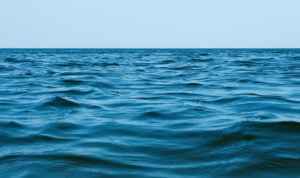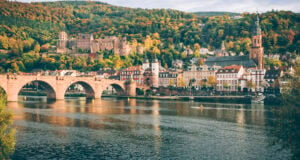Since the release of Christopher Nolan’s blockbuster Oppenheimer, millions of people have become familiar with the life of its eponymous subject. The movie details J. Robert Oppenhiemer’s time as a student, his work on the Manhattan Project and the subsequent private hearing in which his reputation was tarnished, eventually leading to the removal of his security clearance.
But what did Oppenheimer do after? Most of his life following that hearing can be traced back to a secluded slice of paradise on the Caribbean island of Saint John.
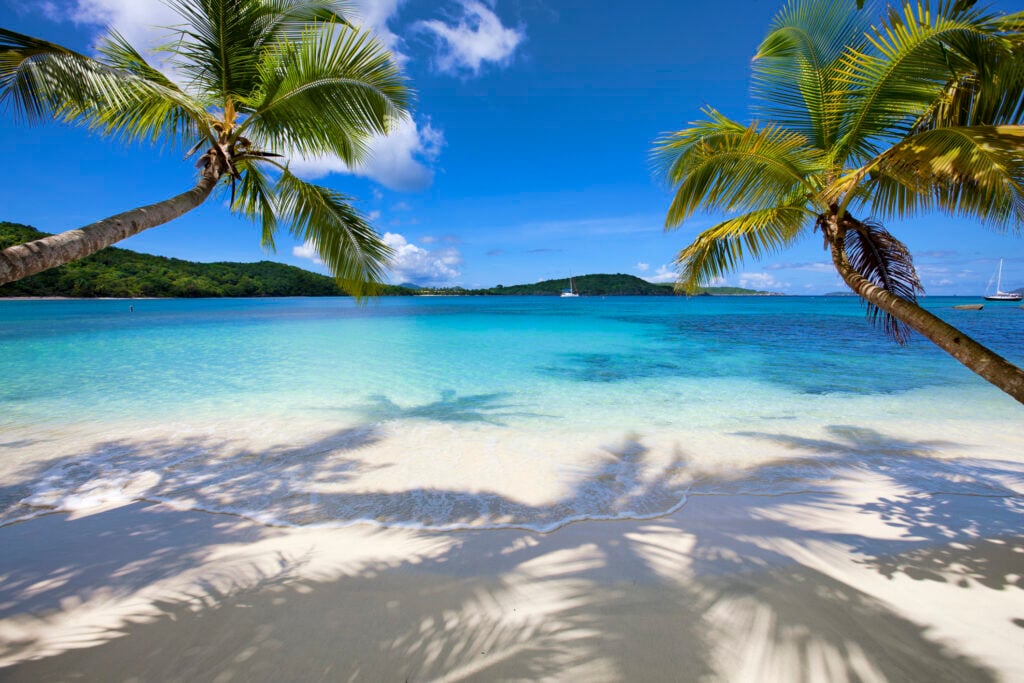
Where do you retire after your life’s work has the potential to end civilization? Thankfully most people don’t need to answer the question, but the one man who did, J Robert Oppenheimer, chose Saint John, one of the US Virgin Islands. More specifically, he chose a secluded beach in Hawksnest Bay, on the island’s north shore.
The internal turmoil the atomic bomb caused its creator is no secret, and in a small yellow house, looking out over the cyan sea, Oppenheimer found his escape. He and his family began visiting the island during the early 1950s and soon after – the exact date is up for debate, between 1955 and 1957 – they purchased land from the wealthy Gibney family and began work on their own home.
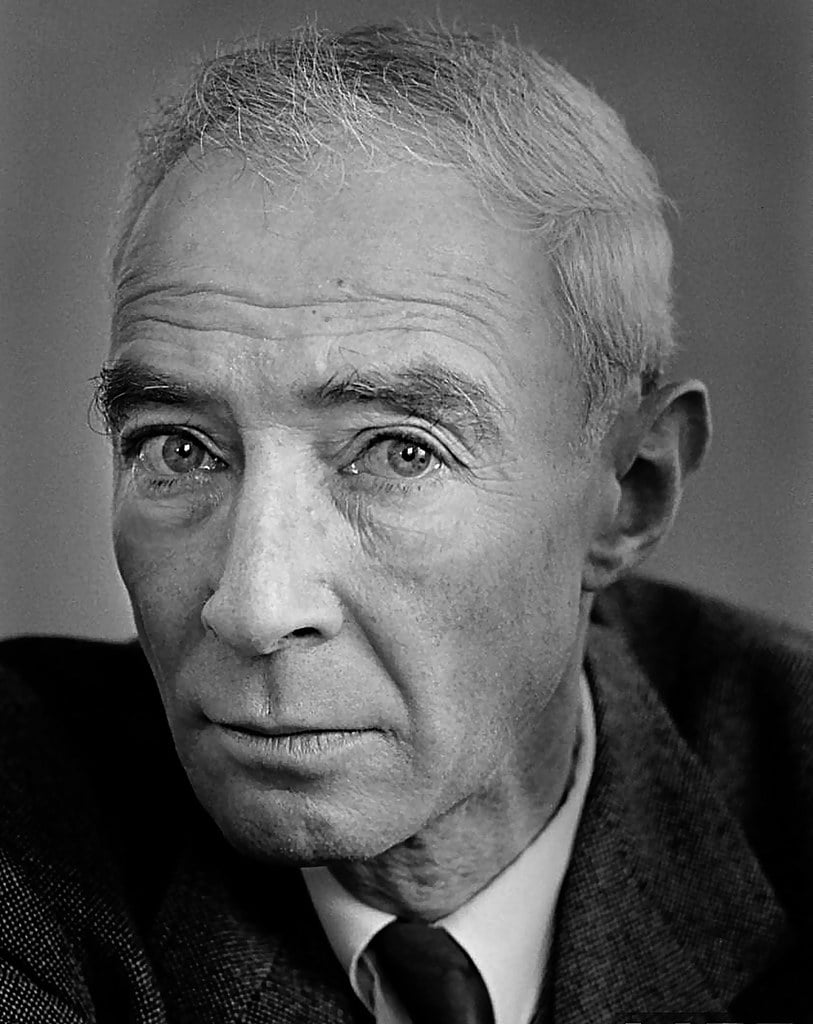
Speaking to the BBC, Kai Bird, who wrote a Pulitzer Prize-winning book with Martin J Sherwin, American Prometheus: The Triumph and Tragedy of J Robert Oppenheimer, said: “When they saw the island for the first time, [Oppenheimer] fell in love with Saint John…He built a very simple, spartan cabin, and it’s where he spent the rest of his life – you know, many months of the year, both in the winter, but sometimes in the spring and summers
At the time of Oppenheimer’s move, the island had just 800 residents. The largest building was a one-story cottage. There was little electricity and few phones. It was a universe away from the developed, scientific corners of the US in which Oppenheimer had spent his life.
“He was escaping – escaping the notoriety of being the father of the atomic bomb, but also the notoriety that plagued him after the ’54 trial, the suspicions of disloyalty, of being a Communist or perhaps a spy,” Bird continued.
Read More: Deception Island | What secret is this beautiful Antarctic island hiding?
It wasn’t just about retreating to nature, however, and the isolated beach provided practical benefits for Oppenheimer and his family as well. He was not just away from the pressure of America, but also from the FBI, who had wiretapped his home in New Jersey and who monitored his everyday life closely. This was impossible in Saint John.
There is also the fact that as Oppenheimer grew warier and warier of the bomb he had created, especially set to the backdrop of the Cold War, he thought the US Virgin Islands would be safe in the result of nuclear war. “My parents often repeated the story that the reason why Oppenheimer had chosen the US Virgin Islands is that he was convinced that due to the trade winds, it would be one of the last places affected by nuclear fallout,” said David W Knight Sr, a local historian whose family were friends with the Oppenheimers.
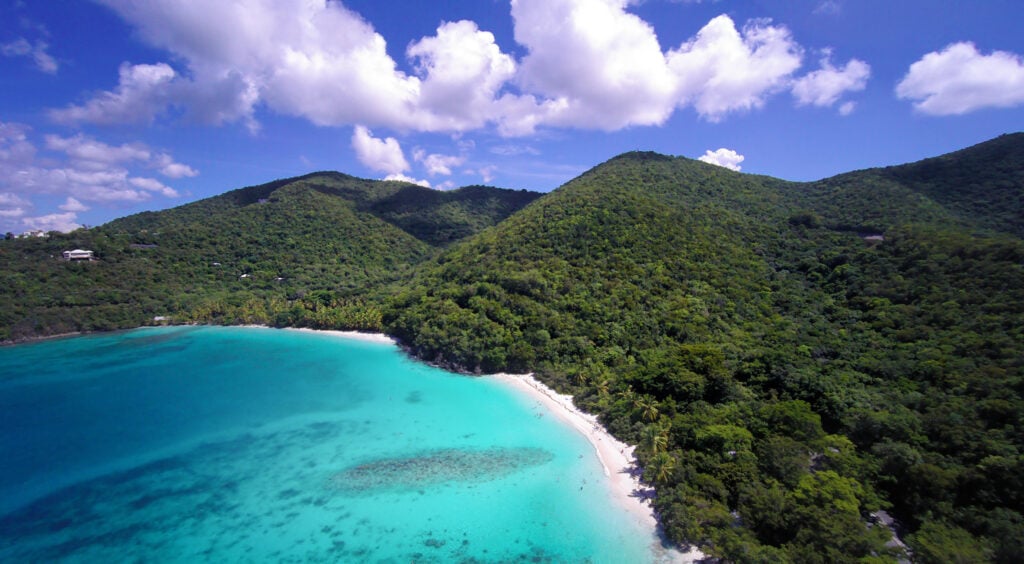
The man himself was, by all accounts, happy there. He wrote poetry while looking out over the bay and sailed with his wife. They held parties and hosted friends, and, for the decade or so before J. Robert Oppenheimer’s death, this was where he wanted to be. Oppenheimer died of inoperable throat cancer in 1967 and his ashes were spread, at his request, between the cottage and Carval Rock, a tiny island visible from the Oppenheimer’s desk.
Kitty, his wife, died five years later in 1972 and her ashes were scattered near her late husband’s. Toni, the couple’s daughter, inherited the property on Saint John, but she took her own life in the cottage in 1977. In a note, left on the bed, she gave the house and the land to “the people of Saint John”. It is now a recreation center on the island and is available to rent for events through the Department of Sports, Parks & Recreation.
Saint John remains the least populated of the three main US Virgin Islands, though the number of residents has risen to 3,880 since the 1950s.



